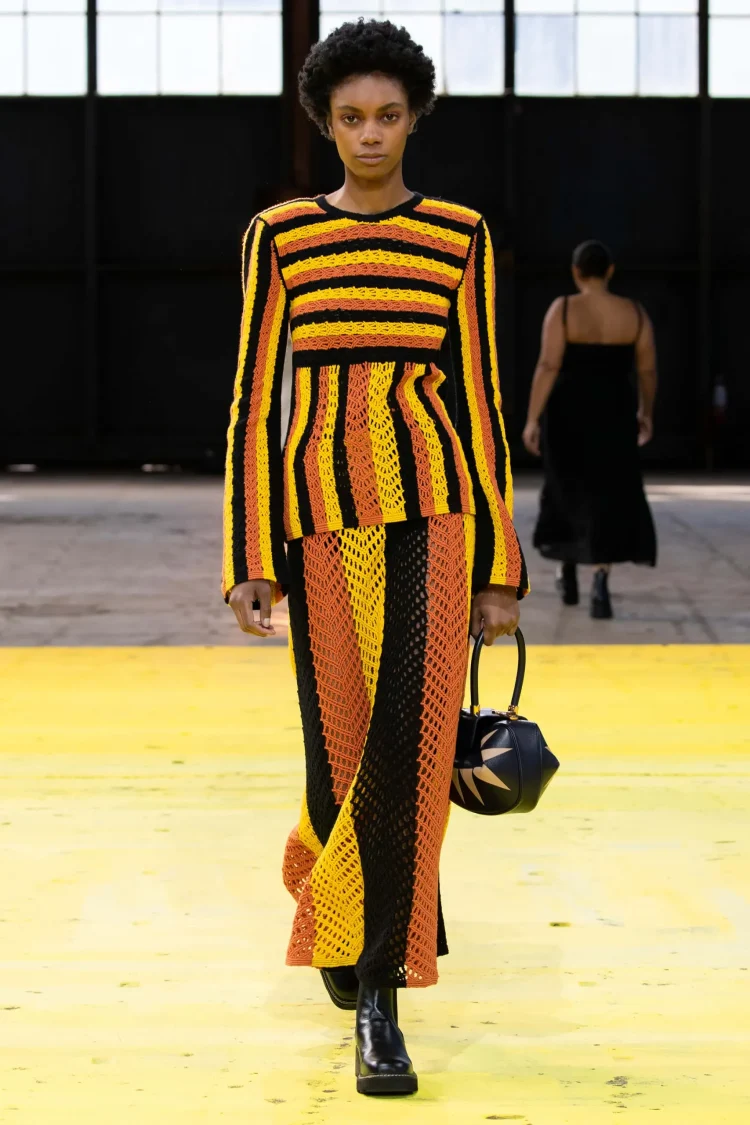The Art of Fashion: A Comprehensive Guide to Understanding Style and Trends

Fashion is a form of self-expression that has been around for centuries. It is a way for people to showcase their personality, creativity, and individuality. Fashion trends come and go, but the art of fashion remains constant. In this article, we will explore the various aspects of fashion, including its history, current trends, and how to develop your personal style.
The History of Fashion
Fashion has been around for thousands of years. The earliest evidence of fashion dates back to ancient civilizations such as Egypt and Greece. Clothing was used not only for practical purposes but also as a symbol of social status. In the Middle Ages, fashion became more elaborate, with clothing being adorned with jewels and intricate embroidery.
During the Renaissance period, fashion became more focused on individual style. Tailors began to create clothing that was tailored to fit the individual rather than the standard sizes that had been used previously. In the 20th century, fashion became more accessible to the masses with the rise of department stores and ready-to-wear clothing.
Today, fashion is a multi-billion dollar industry that influences not only clothing but also accessories, beauty, and lifestyle products.
The Current State of Fashion
Fashion trends are constantly ev@olving. Each season brings new styles, colors, and patterns. In recent years, there has been a shift towards sustainable and ethical fashion. Consumers are becoming more conscious of the impact that their clothing choices have on the environment and are seeking out brands that prioritize sustainability.
Another trend in fashion is gender-neutral clothing. Many brands are creating clothing that is not specifically designed for men or women but rather for anyone who wants to wear it. This trend is reflective of a larger cultural shift towards inclusivity and acceptance.
Streetwear has also become increasingly popular in recent years. This style is characterized by casual, comfortable clothing such as hoodies, sneakers, and graphic t-shirts. Streetwear has its roots in hip-hop and skate culture but has since become mainstream.
Developing Your Personal Style
Developing your personal style is a process that takes time and experimentation. It involves understanding your body type, what colors and patterns work for you, and what makes you feel confident and comfortable.
One way to develop your personal style is to create a mood board. A mood board is a collection of images that inspire you and reflect the style you want to achieve. You can create a physical mood board by cutting out images from magazines or create a digital one using Pinterest or other online tools.
Another way to develop your personal style is to experiment with different clothing styles. Try on clothing that you wouldn’t normally wear and see how it makes you feel. You may be surprised by what you like.
It’s also important to invest in quality pieces that will last. Rather than buying fast fashion that will fall apart after a few wears, invest in pieces that are well-made and timeless.
The Future of Fashion
The future of fashion is exciting and unpredictable. As technology continues to advance, we may see new materials and production methods that are more sustainable and efficient. Virtual reality may also play a role in the future of fashion, allowing consumers to try on clothing without ever leaving their homes.
One thing is certain: fashion will continue to be a form of self-expression and creativity. As trends come and go, the art of fashion will remain constant.
Conclusion
Fashion is an art form that has been around for centuries. It is a way for people to express themselves and showcase their individuality. Fashion trends are constantly evolving, but the art of fashion remains constant. By understanding the history of fashion, current trends, and how to develop your personal style, you can become a master of the art of fashion.






